Back in the 1980’s many people were gaining body fat through an increase in the consumption of processed and refined high glycemic index carbohydrates. These carbohydrates have a huge impact on spiking insulin. As a result of this, lipogenesis-fat storage in adipose tissue took place, through the enzyme LPL (lipoprotein lipase) from the pancreas. Dr. Atkins and Dr. Mauro Dipasquale introduced low carbohydrate ketogenic diets, in order to prevent the lowering in insulin sensitivity, or increase in insulin resistance that leads eventually to diabetes mellitus type-2 (non-insulin dependent), hyperlipidemia and metabolic syndrome(2).
Insulin is a metabolic hormone that turns anabolic for bodybuilders. However, it is also responsible for the generation of inflammatory conditions (obesity is an inflammatory process). The low carb ketogenic diets have some benefits for metabolism: 1) They lower the insulin resistance, hence satiety occurs and glycemia does not exist. 2) They shift the use of fats as the main energy source, in the absence of carbohydrates. 3) As soon as you get into the ketosis state, anti-catabolic products like HMB (a metabolite of leucine) act as muscle sparing compounds. Ketosis is an acidic environment, that suppresses appetite(2).
On the other hand, the disadvantages of a ketogenic diet are
- Increased cardiovascular risk, in case SFAs are consumed (palmitic, stearic, MCTs). Instead, UFAs (MUFAs & PUFAs) should be consumed (DHA, EPA, ALA, ARA, CLA, GLA, OA, LA).
- Brain function is based on the use of glucose as the main energy substrate (100gr-400kcal/day). Ketone bodies are an alternative source of fuel for nerve cells.
- Muscle glycogen synthesis is inhibited (glycogen synthase enzyme) and muscle pumps can hardly exist. HIIT exercise could not be performed either since anaerobic oxidation of glucose requires muscle glycogen stores. Physical activities such as resistance training, weight lifting, sprints and shot put, and long jump all require muscle glycogen as an energy substrate for ATP-CP production. Ketogenic diets are dehydrating since for each gram of protein that is consumed, three molecules of water are wasted through urination. It is also well known that in the absence of complex carbohydrates, glycogen (through water) can not be synthesized. This is the main reason why in the first place, an acute weight reduction occurs, mainly from water and muscle glycogen sources. Ketosis is an acidic metabolic environment, where blood Ph drops (<7.35) and metabolic acidosis takes place. As a result, hyperventilation from the respiratory system (lungs) will ensure the elimination of CO2 and restore the acid-base balance. Ketosis is the perfect biochemical environment for beta oxidation-fat burning process, since lipogenic insulin is suppressed, while lipolytic glucagon and HGH are increased. Alpha-lipoic acid (ALA) could act as an insulin analog and assist in micronutrients influx into the cytoplasm.
Recently, ketogenic diets are used as an alternative nutrition plan for patients with brain tumors. The speculation that cancer cells use glucose as a substrate, gives hope that the complete absence of carbohydrates would cease the growth of the tumor. Insulin is an inflammatory hormone, responding to carbohydrates mainly. The insulin-like growth factor is a peptide released from the liver, after insulin response from the pancreas. It is known that IGF1 is linked with tissue analysis and oncogenesis. Therefore, suppression of both insulin and somatomedin C would likely lower the risk of cancer(1).
References:

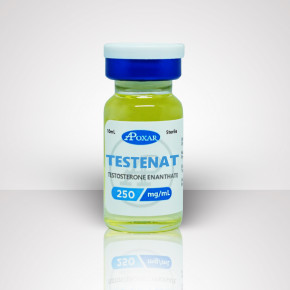


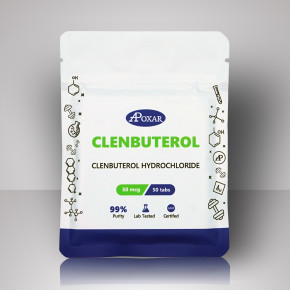
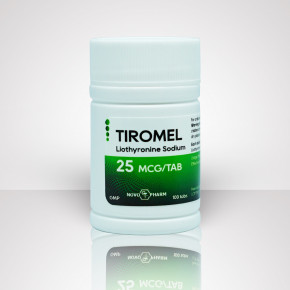
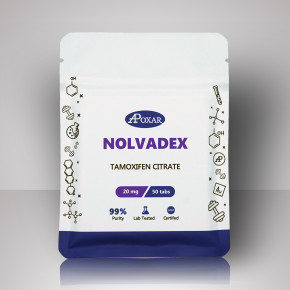


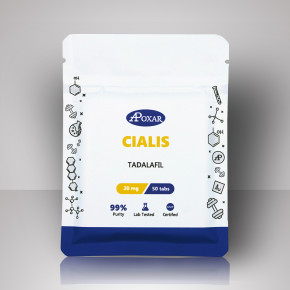
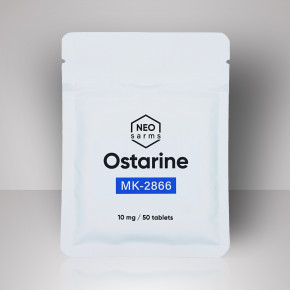
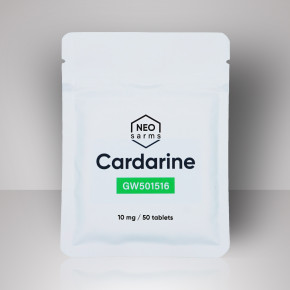


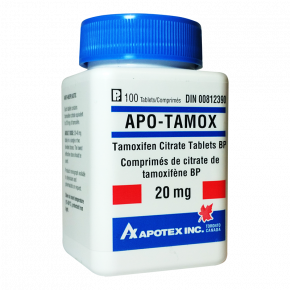


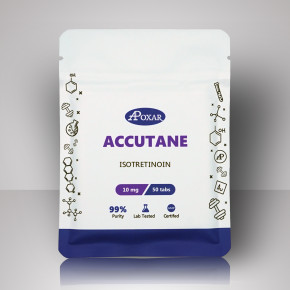





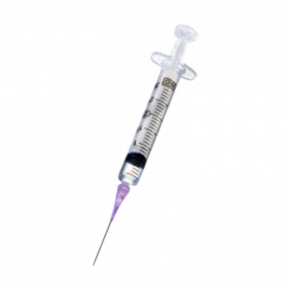


 Proudly Serving Canadians Since 2012
Proudly Serving Canadians Since 2012